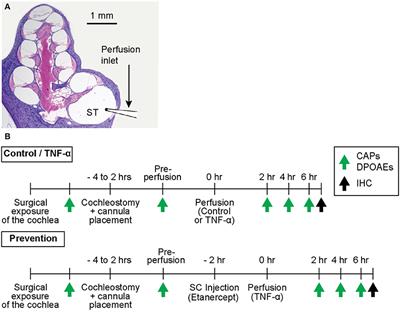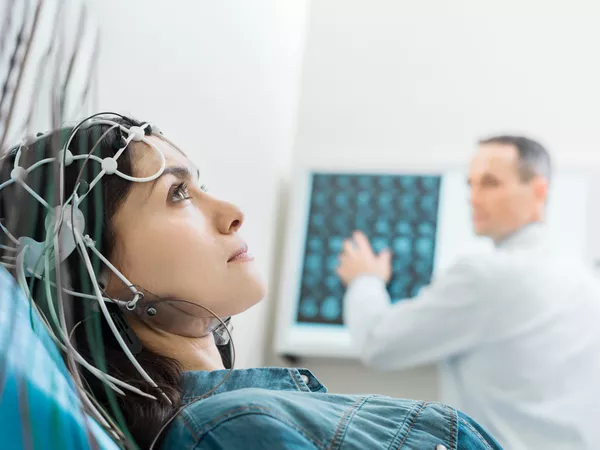EDITORIAL
Published on 09 Feb 2021
Editorial: Neuroimmunology of the Inner Ear

doi 10.3389/fneur.2021.635359
- 2,402 views
- 10 citations
30k
Total downloads
147k
Total views and downloads
Select the journal/section where you want your idea to be submitted:
EDITORIAL
Published on 09 Feb 2021

REVIEW
Published on 23 Nov 2020

ORIGINAL RESEARCH
Published on 14 May 2020

REVIEW
Published on 05 Mar 2020

ORIGINAL RESEARCH
Published on 10 Feb 2020

ORIGINAL RESEARCH
Published on 10 Jan 2020

ORIGINAL RESEARCH
Published on 21 Nov 2019

CASE REPORT
Published on 12 Nov 2019

ORIGINAL RESEARCH
Published on 22 Oct 2019

MINI REVIEW
Published on 18 Sep 2019

ORIGINAL RESEARCH
Published on 11 Sep 2019

ORIGINAL RESEARCH
Published on 06 Sep 2019


Frontiers in Immunology
Frontiers in Neuroscience